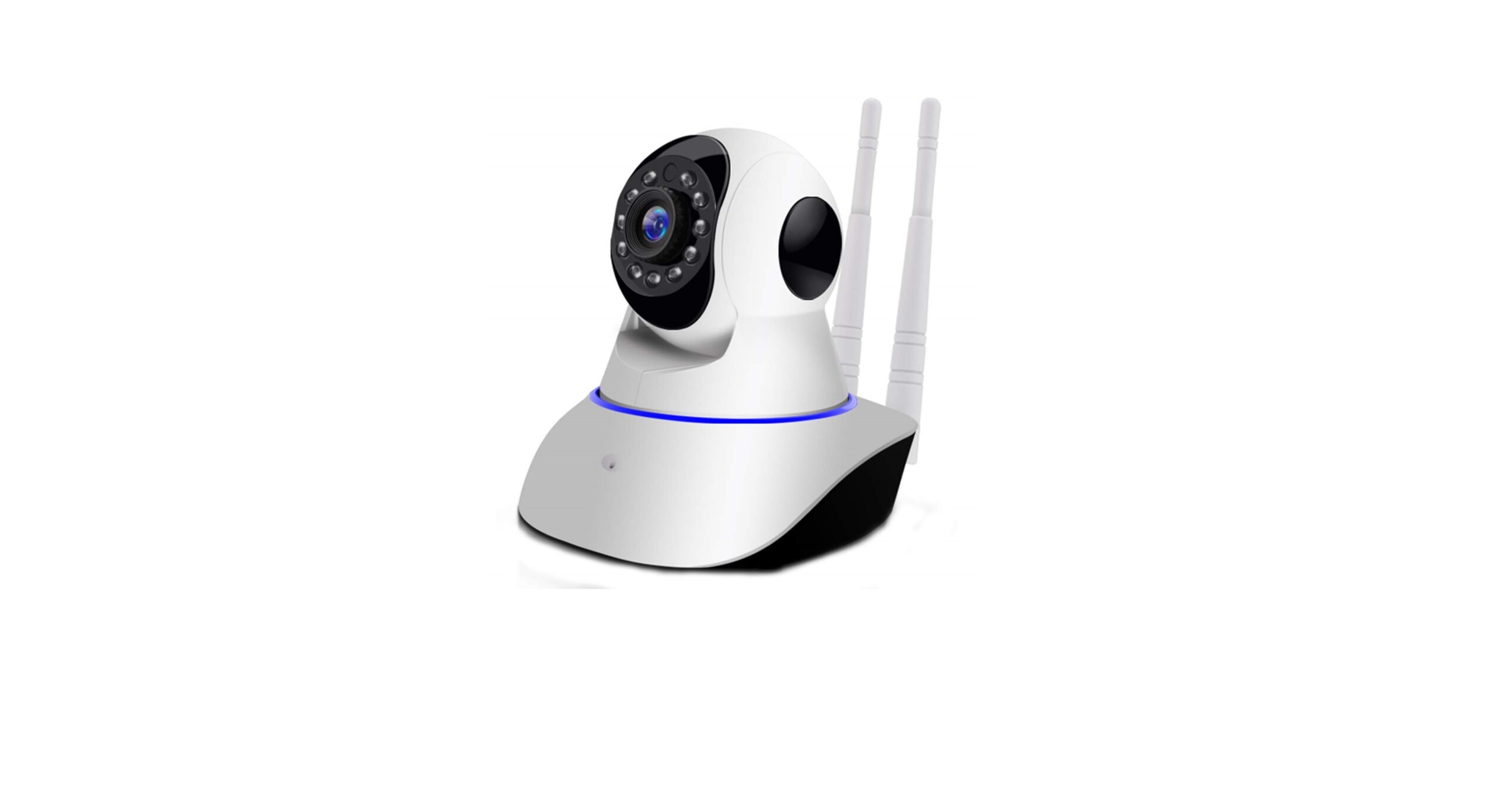In the tech world, Apple is more than just a brand; it’s an institution. Tablets today are synonymous with the iPad, but the journey to this supremacy is as riveting as the product itself. And, hey, if you’re thinking of upgrading, maybe it’s time to sell iPad Pro and embrace the future.
The Pioneering Days
Before the world met the sleek iPad, there was the Newton MessagePad in 1993. These rudimentary pocket computers can be seen as Apple’s baby steps in the tablet world – monochrome displays, limited apps, and underpowered. There was also the PowerBook-inspired PenLite, which remained a mystery, never seeing the light of day.
Then, in 2004, a bold move. The iPad prototype was born under Jonathan Iwatchful ve’s supervision. Surprisingly, its birth was halted, allowing the iPhone, its smaller equivalent, to capture the spotlight in 2007. The overwhelming success of the iPhone inspired iPad developers to push even harder.
Cue the Drama: iPad’s Grand Entry
Steve Jobs, with his signature charisma, unveiled the iPad at San Francisco’s Yerba Buena Center in 2010. A breakthrough! This initial iPad wowed with:
- Its unique A4 processor, thanks to the PA Semi acquisition
- A vibrant 9.7-inch display, something the iPhone couldn’t offer
- Flexibility: apps and home screen adjusting to any orientation
Reading went digital with the debut of iBooks and the iBookstore. The iPad’s launch was monumental: 300,000 units flew off the shelves on day one. By year-end? iPad sales were eclipsing Mac’s.
The Genesis of the iPad: Why and How?
Why did Apple dive into the tablet arena? The motivation lay in filling the gap between the iPhone and the MacBook. There was a niche for a device that provided the convenience of a phone and the capabilities of a laptop. The iPad was envisioned as a multimedia hub: a platform for reading, watching, gaming, and more.
Apple’s marketing was, as always, impeccable. They painted the iPad as revolutionary – a “magical and revolutionary device at an unbelievable price.” Commercials showcased its diverse uses: from reading newspapers to drawing with a digital pencil, emphasizing its versatility. Apple Stores worldwide hosted hands-on sessions, letting customers immerse themselves in the iPad experience.
Reading went digital with the debut of iBooks and the iBookstore. The iPad’s launch was monumental: 300,000 units flew off the shelves on day one. By year-end? iPad sales were eclipsing Mac’s.
Sequel Time: The iPad 2
The iPad 2 debuted in 2011, marking the second edition of the device. Apple listened to customer feedback and created a gadget that was noticeably better than its predecessor. The iPad 2 was smaller, lighter, and equipped with Apple A5 CPU, which improved performance and speed. Its design was noticeably enhanced, resulting in an even more aesthetically pleasant tablet for customers.
The addition of front and back cameras expanded the possibilities for FaceTime video conversations, making it a personal and business favorite. Apple also released the Smart Cover for the iPad 2, a magnetic device that worked as both a stand and a screen protector, emphasizing Apple’s commitment to innovation not only in software but also in accessories
Innovations Galore: The “new iPad” & iPad mini
2012 was a big year. The third-gen iPad came loaded with an A5X processor, quad-core graphics, and the jaw-dropping Retina display. Apple, never one to shy away from competition, countered smaller tablets like Amazon’s Kindle Fire with their compact, 7.9-inch iPad mini.
Breathing Fresh Air: The iPad Air
In 2013, the iPad Air was causing quite a stir. Slimmer and lighter, featuring an A7 CPU and M7 motion coprocessor.
The Professional’s Choice: iPad Pro
The iPad Pro, introduced in 2015, was Apple’s ambitious attempt to court professionals. This hefty 12.9-inch beast, paired with the Apple Pencil, aimed to replace the traditional workspace. 2016 saw a more compact 9.7-inch Pro with innovative features like the True Tone display.
Future Prospects: 2017 and Beyond
Apple was not content to sit on its laurels. The iPad Pro 2017 included A10X hexa-core CPUs, 4GB Memory, and ProMotion technology. Apple has released a $329 9.7-inch iPad for individuals on a tight budget. While lacking several “Pro” capabilities, it made the Apple experience more accessible to a wider range of users.
Finally, Apple’s tablet journey demonstrates the company’s dedication to innovation, practicality, and design. The tale is replete with moments of brilliance and ingenuity, from the primitive Newton MessagePad to the legendary iPad Pro. And, as usual, the world is waiting for Apple’s next move with bated breath.
Equipped with a Bachelor of Information Technology (BIT) degree, Lucas Noah stands out in the digital content creation landscape. His current roles at Creative Outrank LLC and Oceana Express LLC showcase his ability to turn complex technology topics into engagin... Read more






